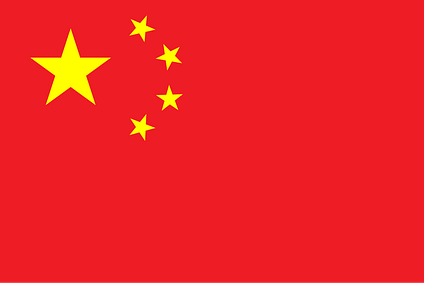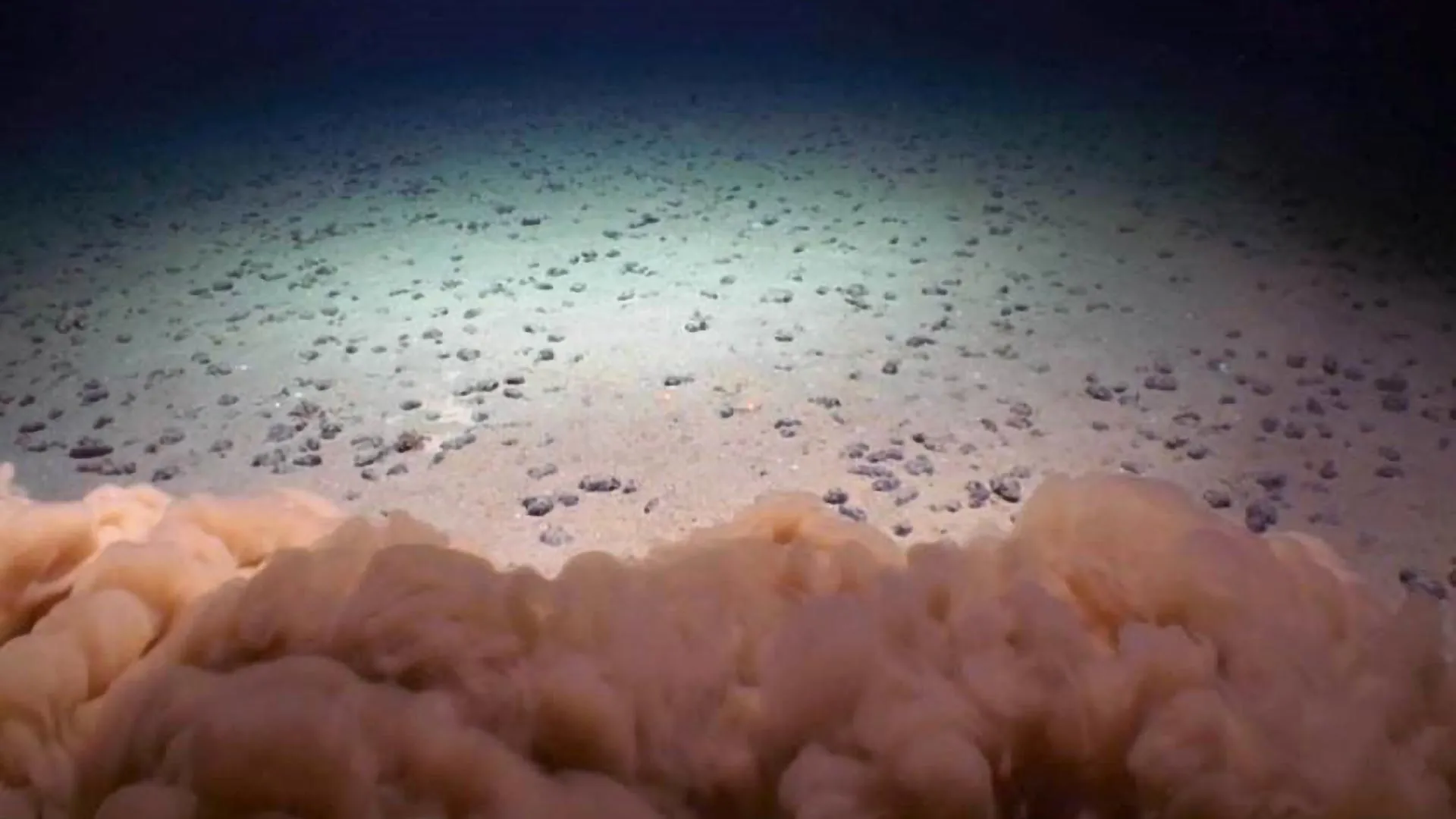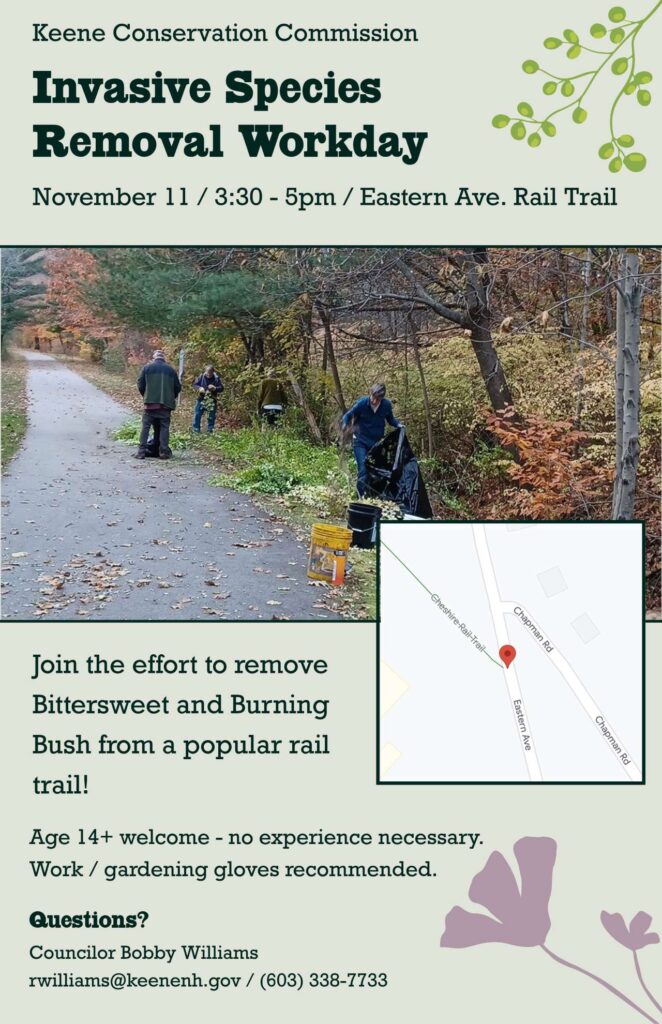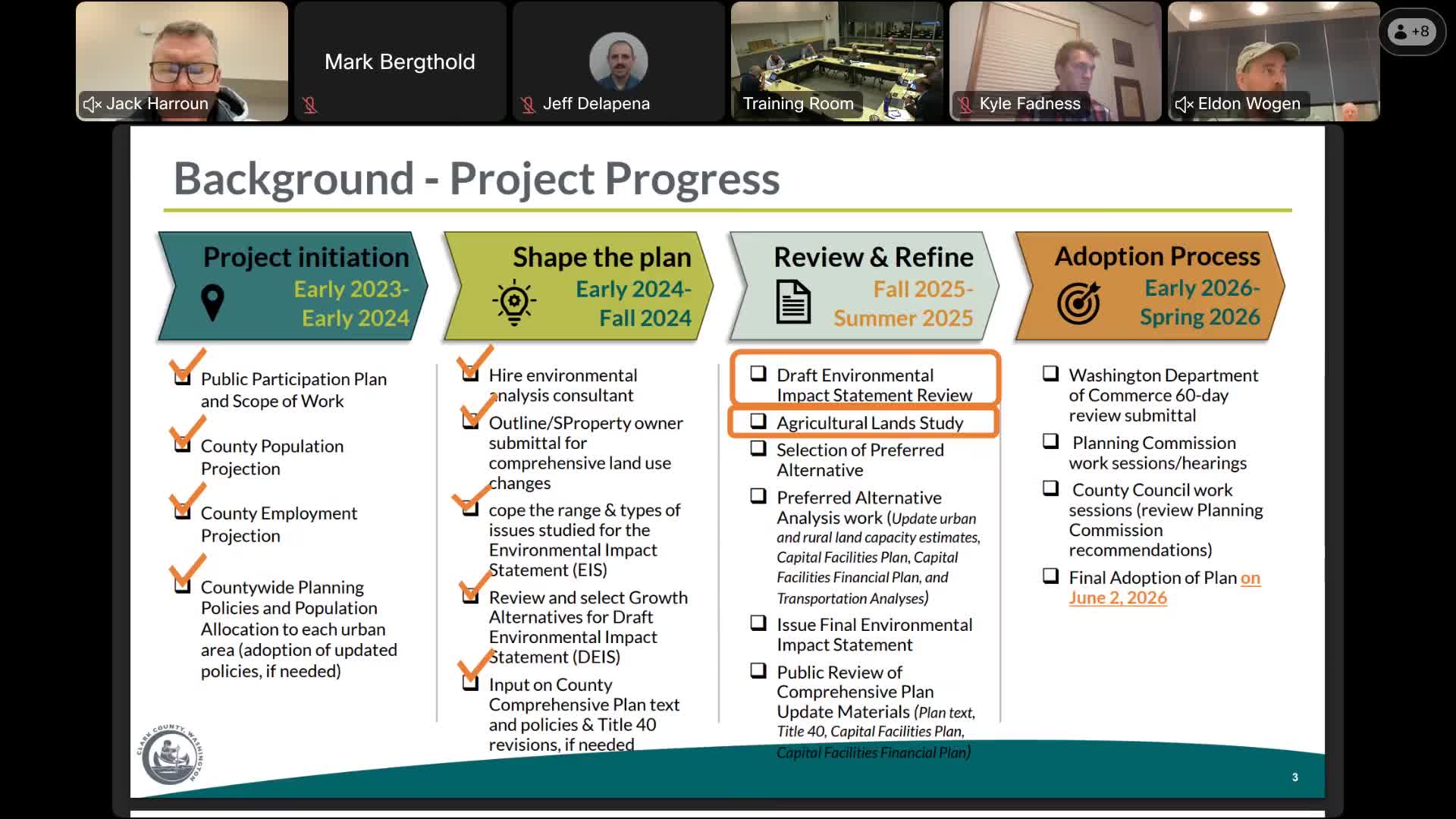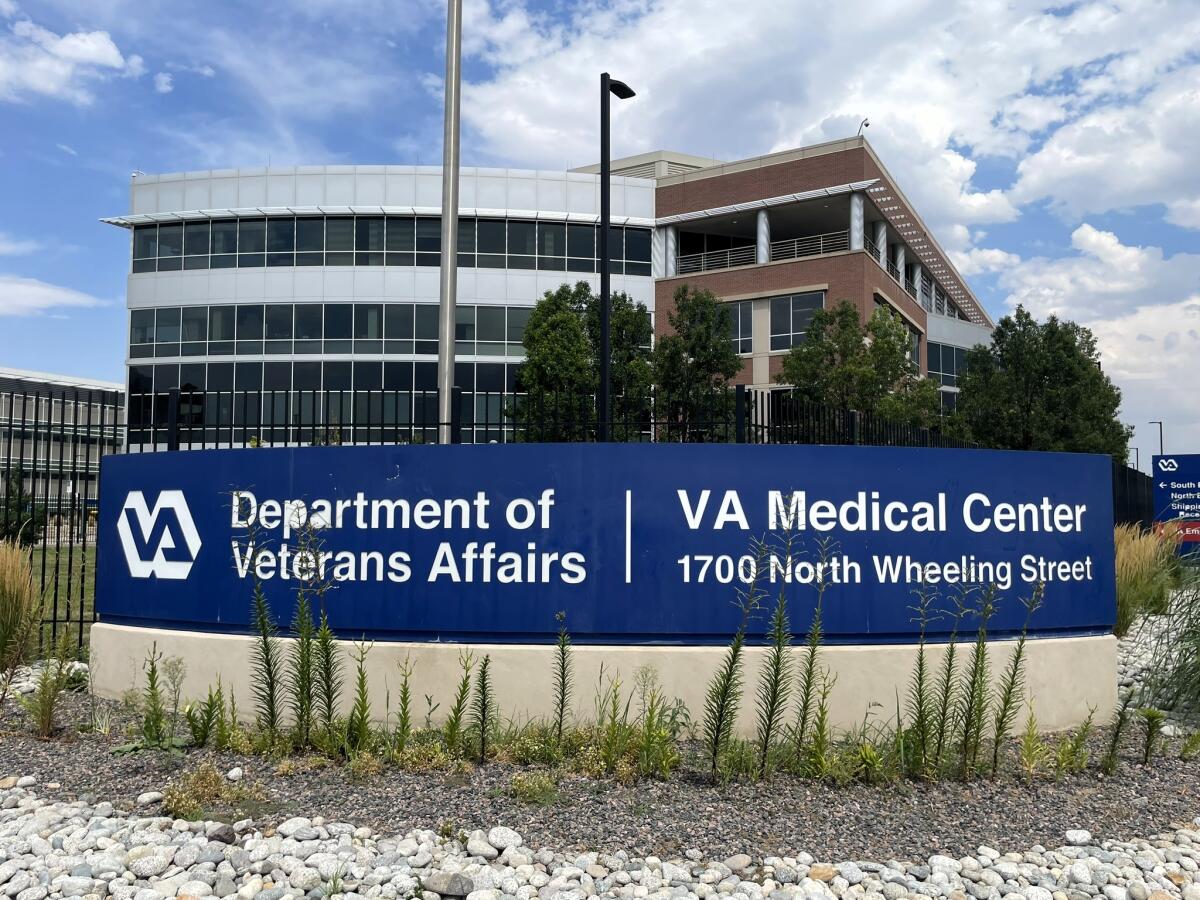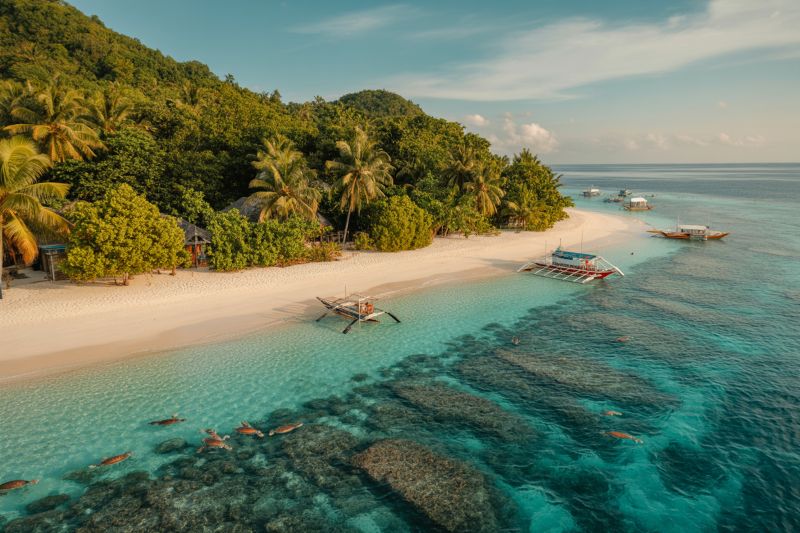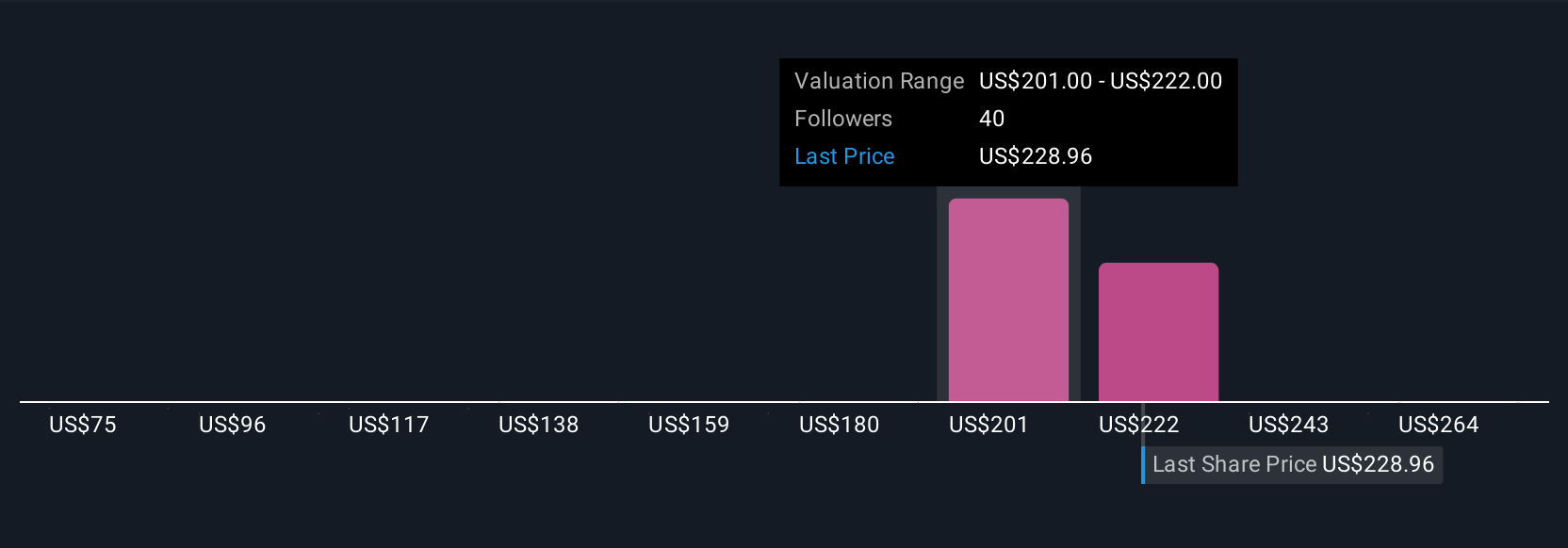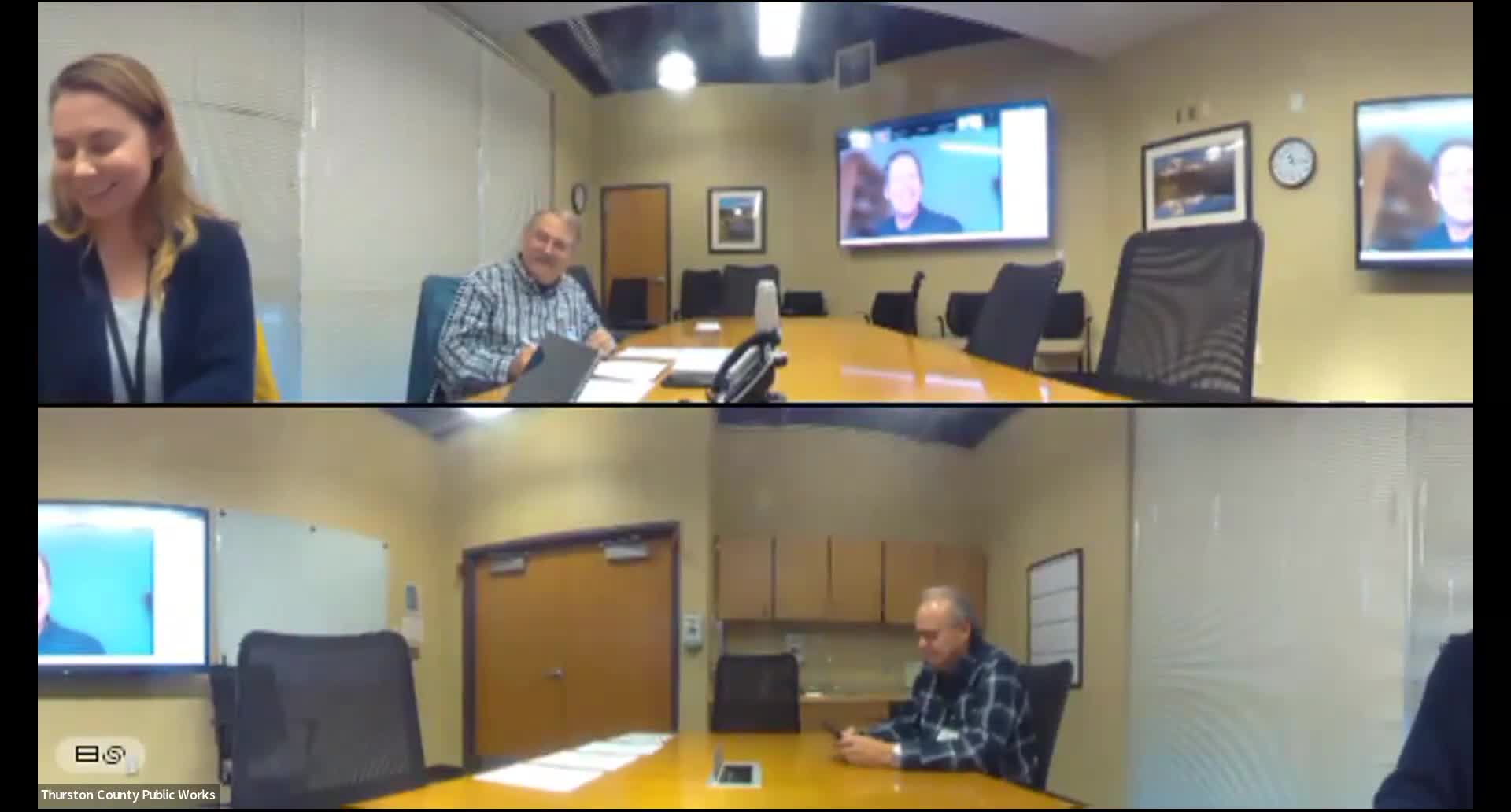It’s a mess! Limpopo River spill sparks fear for farmers’ future – Food For Mzansi

Report on Limpopo River Contamination and its Implications for Sustainable Development Goals
1.0 Executive Summary
A significant pollution event in the Limpopo River has triggered an urgent call for government intervention from agricultural stakeholders. The contamination, characterized by discoloured water and a strong odour, poses a direct threat to regional agriculture, community water supplies, and delicate ecosystems. This incident critically undermines South Africa’s progress towards several key Sustainable Development Goals (SDGs), including those related to clean water, food security, economic stability, and environmental protection. This report details the incident, the institutional response, and the broader implications for national sustainability targets.
2.0 Incident Analysis: A Multi-faceted Threat to SDGs
Farmers in the Limpopo province have reported a severe contamination event, observing the river water turning a distinct turquoise green. The incident represents a critical failure in environmental stewardship and directly jeopardizes multiple SDGs.
2.1 Impact on SDG 6: Clean Water and Sanitation
The Limpopo River is a primary water source for numerous communities and agricultural operations. The toxic spill directly compromises the availability of safe, clean water, which is the core objective of SDG 6. The contamination threatens both the quality of raw water available for treatment and the health of communities dependent on the river.
2.2 Impact on SDG 2 (Zero Hunger) and SDG 8 (Decent Work and Economic Growth)
The agricultural community, which relies heavily on the river for irrigation, faces catastrophic consequences. The contamination threatens to:
- Destroy crops, undermining regional food security (SDG 2).
- Jeopardize the livelihoods of countless farmers and farmworkers (SDG 8).
- Harm South Africa’s agricultural export potential, impacting national economic growth (SDG 8).
2.3 Impact on SDG 14 (Life Below Water) and SDG 15 (Life on Land)
The introduction of toxic pollutants into the river system poses a severe risk to biodiversity. This directly contravenes the objectives of protecting aquatic and terrestrial ecosystems.
- Aquatic life within the Limpopo River is immediately endangered by the pollution.
- Wildlife and surrounding habitats that depend on the river as a water source are also at significant risk.
3.0 Institutional Response and Accountability
The response to the crisis involves multiple stakeholders attempting to trace the pollution’s origin and mitigate its effects. The effectiveness of this response is a measure of the strength of national institutions, a key component of SDG 16 (Peace, Justice and Strong Institutions).
3.1 Tracing the Source and Demands for Action
Agri Limpopo is actively coordinating efforts to trace the pollution’s origin, which is believed to be far upstream. Initial speculation pointed towards a mining operation near the Zimbabwean border. The organization has issued a formal demand for:
- A transparent and urgent investigation into the source of the spill.
- Implementation of immediate mitigation measures to prevent further damage.
- Decisive action to hold the responsible parties accountable, reinforcing the principles of SDG 12 (Responsible Consumption and Production) and SDG 16.
3.2 Government Acknowledgment and Proposed Actions
The Department of Water and Sanitation has acknowledged the severity of the situation. A desktop analysis identified extensive discolouration in the Limpopo River’s tributaries, including the Crocodile, Ngotwane, Matlaba, Mokolo, Lephalale, and Mogalakwena rivers. In line with SDG 17 (Partnerships for the Goals), the department has proposed a collaborative approach:
- Formation of a joint task force comprising officials from Gauteng, Northwest, and Limpopo provinces.
- A mandate to trace the pollution across provincial boundaries.
- Development of tangible solutions to address the contamination at its source.
4.0 The Broader Context: A National Water Crisis
The Limpopo spill is symptomatic of a larger, systemic issue described by the Deputy Minister of Water and Sanitation, Sello Seitlholo, as a “silent water crisis.” This crisis is rooted in the widespread pollution of South Africa’s rivers and dams, which directly impacts the nation’s ability to achieve SDG 6.
4.1 Public Behaviour and Environmental Consciousness
The Deputy Minister highlighted a critical disconnect between public behaviour and environmental health. The contamination of water sources through improper waste disposal undermines efforts to ensure water sustainability. This challenge calls for enhanced public awareness and behavioural change initiatives to foster responsible citizenship, aligning with the principles of SDG 11 (Sustainable Cities and Communities) and SDG 12.
4.2 The Link Between River Health and Tap Water Quality
It was emphasized that the state of rivers and dams directly determines the quality and availability of potable water. Protecting these catchment areas is fundamental to reducing pollution, safeguarding biodiversity (SDG 14, SDG 15), and ensuring the long-term sustainability of the nation’s water systems (SDG 6).
Analysis of Sustainable Development Goals in the Article
1. Which SDGs are addressed or connected to the issues highlighted in the article?
The article on the Limpopo River pollution touches upon several interconnected Sustainable Development Goals (SDGs). The primary issues of water contamination, its impact on agriculture, livelihoods, and ecosystems directly relate to the following SDGs:
- SDG 6: Clean Water and Sanitation: This is the most central SDG, as the entire article revolves around a “toxic spill” contaminating the Limpopo River, a “vital water source,” and the broader “silent water crisis” in South Africa due to pollution.
- SDG 2: Zero Hunger: The article explicitly links the water pollution to threats against “food security” and the viability of farming, as farmers “rely heavily on the Limpopo River for irrigation.”
- SDG 15: Life on Land: The pollution poses a direct threat to the river’s ecosystem, which is a critical inland freshwater habitat. The article notes the river is vital for “wildlife” and that maintaining clean rivers is essential for protecting “biodiversity.”
- SDG 8: Decent Work and Economic Growth: The economic consequences of the spill are highlighted, stating that the “livelihoods of countless farmers in the region are at serious risk” and that the contamination threatens “South Africa’s agricultural export potential” and could cause “economic damage.”
- SDG 12: Responsible Consumption and Production: The source of the pollution is suspected to be a “Chinese-operated mine,” pointing to issues with industrial waste management and the need for environmentally sound production practices. The call to hold the responsible party accountable aligns with this goal.
- SDG 17: Partnerships for the Goals: The article underscores the need for collaboration. Agri Limpopo calls on “all relevant authorities, provincial and national,” to investigate. The cross-border nature of the river (mentioning the Zimbabwean border and Botswana) and the multi-provincial effort proposed by the department highlight the necessity of partnerships for effective solutions.
2. What specific targets under those SDGs can be identified based on the article’s content?
Based on the issues discussed, several specific SDG targets can be identified:
-
SDG 6: Clean Water and Sanitation
- Target 6.3: By 2030, improve water quality by reducing pollution, eliminating dumping and minimizing release of hazardous chemicals and materials. The “toxic spill” and the Deputy Minister’s comments on “sewage in the river” and people throwing “foreign objects into our river streams” directly relate to the failure to meet this target.
- Target 6.5: By 2030, implement integrated water resources management at all levels, including through transboundary cooperation as appropriate. The pollution originating “much further upstream,” possibly near the “Zimbabwean border,” and affecting multiple South African provinces necessitates a coordinated, integrated, and transboundary management approach as called for in this target.
- Target 6.b: Support and strengthen the participation of local communities in improving water and sanitation management. The Deputy Minister’s suggestion of “Engaging communities in clean-up initiatives” to raise awareness and “foster behavioural change” is a direct reference to this target.
-
SDG 2: Zero Hunger
- Target 2.4: By 2030, ensure sustainable food production systems and implement resilient agricultural practices… that help maintain ecosystems. The contamination of the Limpopo River threatens the sustainability of the agricultural systems that depend on it for irrigation, directly impacting this target.
-
SDG 15: Life on Land
- Target 15.1: By 2020, ensure the conservation, restoration and sustainable use of terrestrial and inland freshwater ecosystems and their services. The pollution of the Limpopo River represents a failure to conserve and ensure the sustainable use of a critical inland freshwater ecosystem.
-
SDG 12: Responsible Consumption and Production
- Target 12.4: By 2020, achieve the environmentally sound management of chemicals and all wastes… and significantly reduce their release to… water… to minimize their adverse impacts on human health and the environment. The “toxic spill” from a suspected mine is a clear example of the release of hazardous materials into water, which this target aims to prevent.
3. Are there any indicators mentioned or implied in the article that can be used to measure progress towards the identified targets?
The article provides several qualitative and observational indicators that can be used to measure the state of the environment and progress towards the targets:
-
For Target 6.3 (Improve water quality):
- Qualitative Physical Indicators: The article mentions several direct observations that serve as indicators of poor water quality: the water turning a “vivid turquoise green,” the presence of a “strong, offensive odour,” and the “dominant green colour” identified via Google Map satellite images in multiple rivers. These are direct measures for Indicator 6.3.2: Proportion of bodies of water with good ambient water quality.
- Source of Pollution Indicator: The identification of a “toxic spill” and the presence of “sewage in the river” are indicators of pollution from specific sources (industrial and municipal), which are central to measuring progress in reducing pollution.
-
For Target 2.4 (Sustainable food production):
- Economic and Livelihood Indicators (Implied): The article implies that progress could be measured by tracking the impact on agriculture. Indicators would include the stability of “livelihoods of countless farmers,” the volume and value of “agricultural export potential,” and overall “food security” in the region. A decline in these would indicate a negative impact.
-
For Target 15.1 (Protect freshwater ecosystems):
- Biodiversity Indicators (Implied): While not quantified, the threat to “wildlife” and the stated need to protect “biodiversity” imply that indicators such as fish populations, the health of riverine vegetation, and the presence of key wildlife species could be used to measure the health of the ecosystem.
4. Summary Table of SDGs, Targets, and Indicators
| SDGs | Targets | Indicators Identified in the Article |
|---|---|---|
| SDG 6: Clean Water and Sanitation | 6.3: Improve water quality by reducing pollution. 6.5: Implement integrated water resources management. 6.b: Strengthen participation of local communities. |
– Visual water quality (water turning “vivid turquoise green”). – Olfactory water quality (“strong, offensive odour”). – Satellite image analysis (“dominant green colour from… rivers”). – Need for transboundary and inter-provincial investigation. – Call for community engagement in clean-ups. |
| SDG 2: Zero Hunger | 2.4: Ensure sustainable food production systems. | – Threat to farmer livelihoods who rely on the river for irrigation. – Risk to “food security.” – Risk to “agricultural export potential.” |
| SDG 15: Life on Land | 15.1: Conserve and restore inland freshwater ecosystems. | – Contamination of the Limpopo River, a vital water source for “wildlife.” – Need to protect “biodiversity.” |
| SDG 8: Decent Work and Economic Growth | 8.4: Decouple economic growth from environmental degradation. | – Risk to “livelihoods of countless farmers.” – Potential for “economic damage.” |
| SDG 12: Responsible Consumption and Production | 12.4: Environmentally sound management of chemicals and wastes. | – A “toxic spill” from a suspected “Chinese-operated mine.” – Call for action against the party found responsible. |
| SDG 17: Partnerships for the Goals | 17.14: Enhance policy coherence. 17.16: Enhance multi-stakeholder partnerships. |
– Call for “provincial and national” authorities to work together. – Implied need for transboundary cooperation (Zimbabwe, Botswana). – Involvement of stakeholders like Agri Limpopo. |
Source: foodformzansi.co.za

What is Your Reaction?
 Like
0
Like
0
 Dislike
0
Dislike
0
 Love
0
Love
0
 Funny
0
Funny
0
 Angry
0
Angry
0
 Sad
0
Sad
0
 Wow
0
Wow
0






























